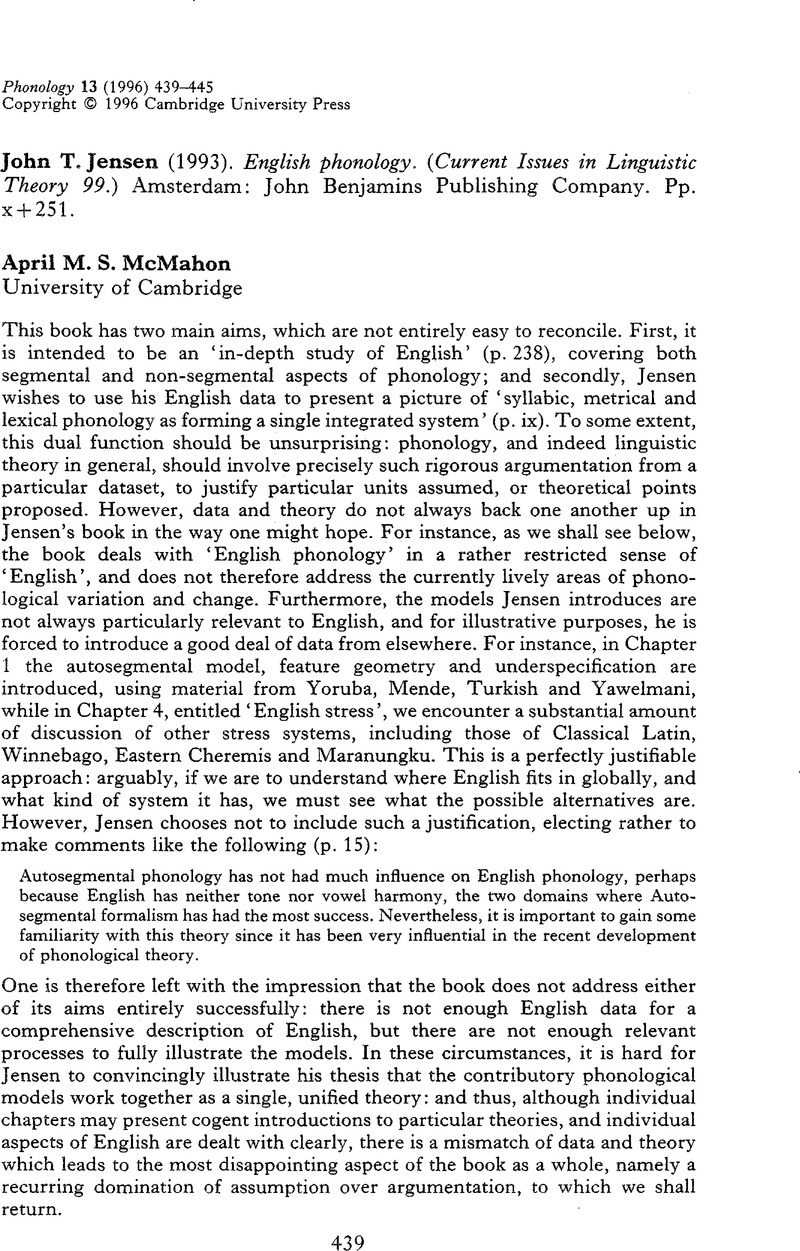Aronoff, M. &
Sridhar, S. N. (
1983). Morphological levels in English and Kannada. In
Chukerman, A.,
Marks, M. &
Richardson, J. F. (eds.)
Papers from the parasession on the interplay of phonology, morphology, and syntax.
Chicago:
Chicago Linguistic Society.
3–
16.
Google Scholar 